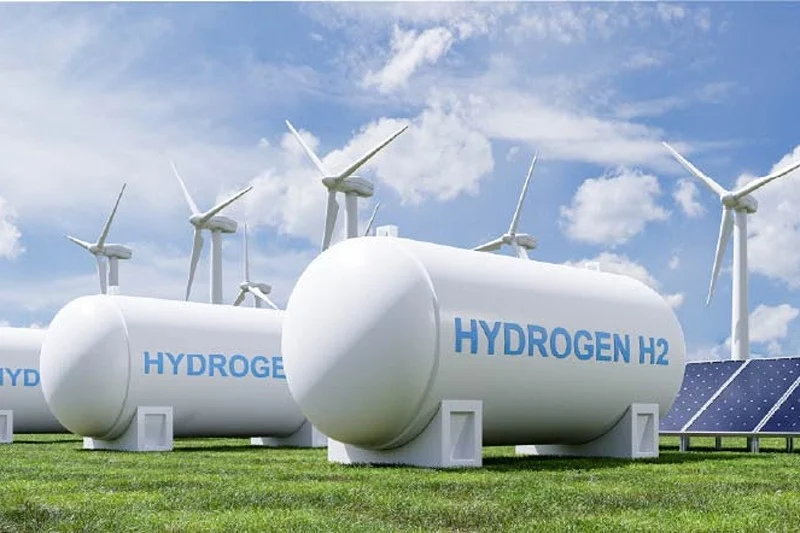Morocco takes a key step in its energy transition with the announcement of six green hydrogen projects in the south of the country, led by five national and international investors. These initiatives, representing an investment of 319 billion dirhams, demonstrate the Kingdom’s ambition to position itself as a major player in this emerging sector. To analyze the economic and environmental prospects of this strategy, Badr Ikken, Managing Partner of the Gi2 firm and President of the Morocco-Germany Business Council of CGEM, shares his insights on Morocco’s green hydrogen offer.
A major economic and industrial impact
According to Badr Ikken, the rise of green hydrogen is a continuation of the advances made with the Moroccan Solar Plan. By relying on a structuring strategic framework and a conducive environment for private investment, the country avoids putting pressure on its public finances while ensuring the viability and profitability of projects. The goal is clear: to make Morocco a competitive energy hub, leveraging its institutional and technical expertise, particularly through MASEN and the relevant ministries.
The expected impact is considerable: while the Solar Plan aimed for 2 GW of capacity, the hydrogen program aims for several tens of gigawatts, thus promoting local industrial integration. This development will affect the entire value chain, from renewable energies to water desalination, including the manufacturing of electrolyzers and the production of green ammonia. The dynamic will also benefit the construction sector and port and energy infrastructures, leading to significant GDP growth through exports and reduced fossil fuel imports.
A strategic collaboration for skills development
The involvement of international investors opens up significant opportunities for local companies, facilitating the transfer of technology and know-how. Inspired by other structuring industries such as aeronautics, this co-development model will allow Morocco to position itself in the manufacturing of key equipment such as photovoltaic cells, desalination units, and storage systems.
The training and research ecosystem plays a central role in this skills enhancement. Mohammed VI Polytechnic University, IRESEN, Green Energy Park, and the GreenH2 Morocco Cluster are mobilized to support the industrialization of the sector. This structuring will promote the creation of qualified jobs in engineering, manufacturing, and maintenance of hydrogen infrastructures, while opening new perspectives in the fields of digital technology, artificial intelligence, and cybersecurity applied to energy.
Morocco, a future key player in the global green hydrogen market
With a projected local integration rate of 37%, or 118 billion dirhams of national investments, Morocco could capture between 2% and 4% of the global demand for green hydrogen by 2030, according to the Fraunhofer ISI center. This potential relies on an energy mix that is 59% renewable and the development of an additional 9 GW dedicated to hydrogen and its derivatives.
The North African market is establishing itself as a strategic supplier for Europe, with an estimated potential of 662 TWh for green hydrogen and 446 TWh for green ammonia. To maximize these opportunities, Morocco is focusing on alliances with the European Union and its member states, aiming to structure a regional energy corridor. The country has competitive advantages in the production of green ammonia, a segment that is already mature, and could expand its presence in synthetic fuels in the medium term, despite challenges related to the capture of biogenic CO₂.
A lever to strengthen Morocco’s influence on the international stage
The Moroccan energy transition is part of a broader vision of economic transformation. By transitioning from a country that imports fossil fuels to an exporter of green molecules, the Kingdom asserts its role in the decarbonization of industry and transport on a global scale.
The export of energy in the form of electricity or alternative fuels such as hydrogen and e-fuels will strengthen Morocco’s positioning as a key player in the energy transition. Furthermore, massive investments in this sector will stimulate local industrialization and help structure a sustainable and competitive economic ecosystem.
In the long term, Morocco could exceed 6% of global demand for green hydrogen by 2050, thus consolidating its status as a leader in the renewable energy market.
With Challenge


